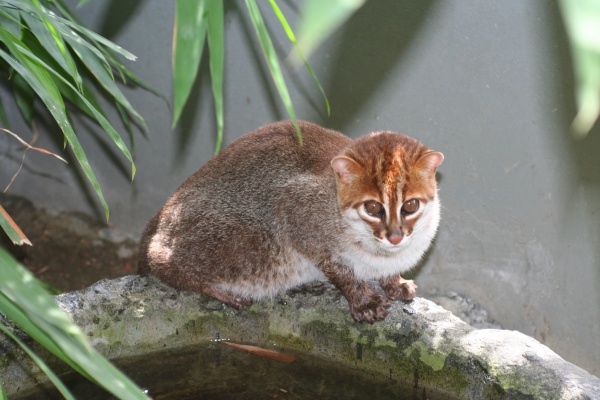Facts About Flat-headed cat
The flat-headed cat is a small wild feline native to the Thai-Malay Peninsula, Borneo, and Sumatra. Regrettably, this species is classified as Endangered, with fewer than 2,500 mature individuals left in the wild, often in groups of no more than 250 adults. Their primary habitat is wetlands, which are under severe threat from habitat destruction and conversion. Consequently, the flat-headed cat has been listed on the IUCN Red List since 2008.
What sets the flat-headed cat apart are its distinctive skull structure, slender body, and elongated teeth. Its fur features a mixture of reddish-brown on the head, dark roan brown on the body, and a mottled white underbelly. These cats predominantly inhabit lowland tropical rainforests near freshwater sources in Thailand, Malaysia, Sumatra, and Borneo.
Behaviorally, flat-headed cats are believed to be primarily nocturnal and prefer solitary lives. They have evolved to be exceptional hunters of aquatic prey, consuming fish, frogs, crustaceans, rats, and even chickens. However, their existence is imperiled by habitat destruction, pollution, human encroachment, hunting, and trapping. To aid in their protection, they are listed under CITES Appendix I and are safeguarded by national laws in Indonesia, Malaysia, and Thailand.
Taxonomically, the flat-headed cat was initially classified in the genus Felis but is now one of five species in the genus Prionailurus. Phylogenetic studies indicate that it diverged from the rusty-spotted cat and the fishing cat within the Prionailurus lineage. Given the significant challenges posed by habitat loss and human activities, concerted conservation efforts are crucial to ensure the survival of this unique species.

 Brunei
Brunei